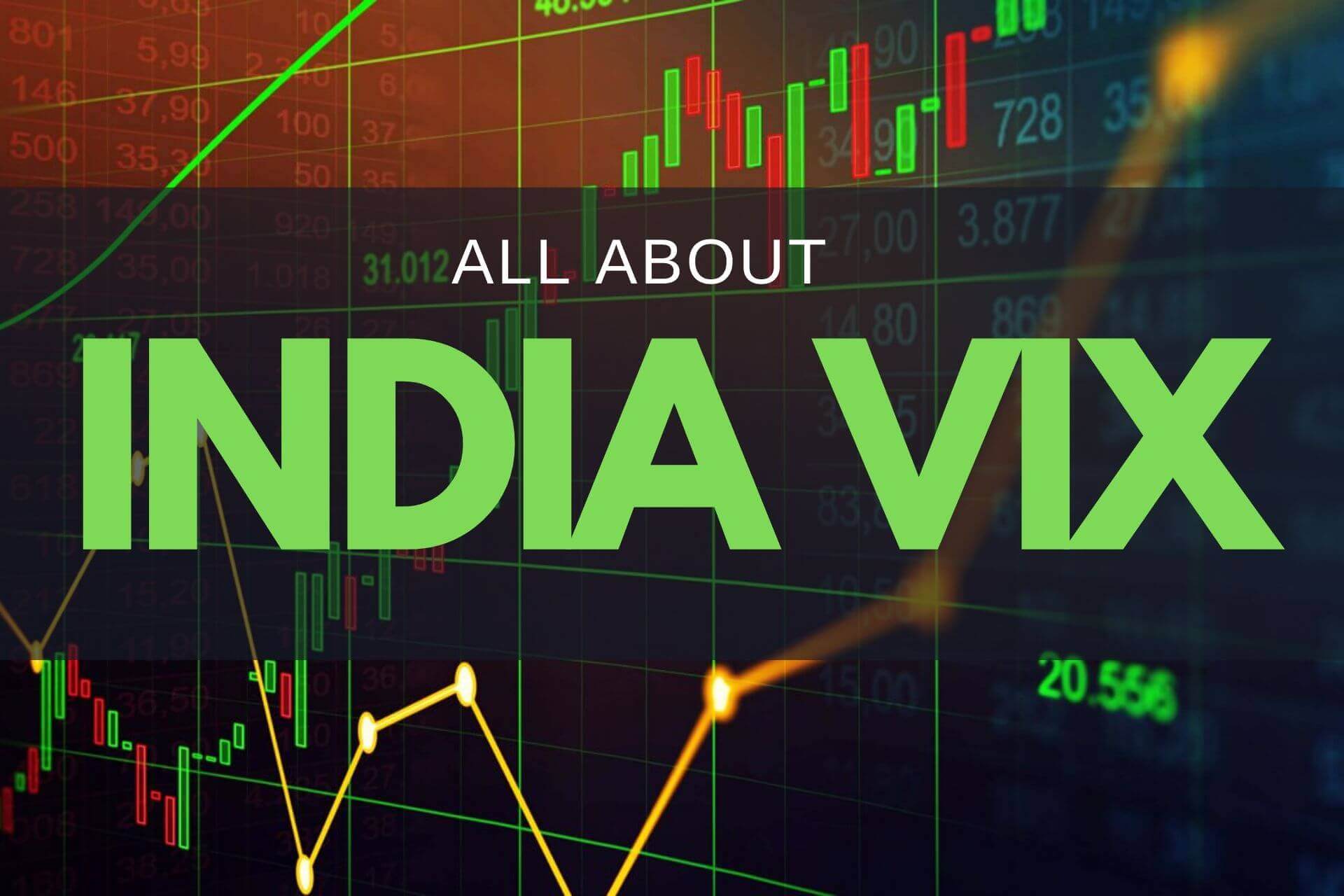

It measures how much volatility professional investors think the S&P 500 index will experience over the next 30 days. It is the most common barometers of market sentiment.
Market professionals refer to this as ‘implied volatility’ - implied because the VIX tracks the options market, where traders make bets about the future performance of different securities and market indices such as the S&P 500. VIX does not measure actual volatility, but implied volatility.
When the VIX index moves higher, this reflects the fact that professional investors are responding to more price volatility in the S&P 500, in particular and markets, in general. And when the VIX declines, investors are betting there will be smaller price moves up or down in the S&P 500, which implies calmer markets and less uncertainty.
Higher the VIX, higher is the volatility and lower the VIX means lower volatility.
VIX-linked instruments have a strong negative correlation with the stock market, which has made them a popular choice among traders and investors for diversification and hedging, as well as pure speculation.
India Volatility Index is a volatile index that is calculated by the NSE to measure the market’s anticipation for volatility and fluctuations in the near term. This index in India was first introduced by the NSE in the year 2003.
It is important to know that volatile index is in no way like the price index like the NIFTY. While the price index is calculated by considering the price movement of the underlying equities, the India VIX is calculated using the orderbook of the underlying index options and is represented in the form of a percentage.
The India VIX index uses 5 variables including the strike price, market price of the stock, time of expiry, risk free rate and volatility. This rise aligns with historical trends, as the VIX typically climbs before major events like general elections.
In 2019, it saw a 150% jump (from 12 to 30), and in 2014, it spiked 212% (from 12.5 to 39). Based on this historical context, a further increase in the VIX is likely, with a potential move towards 25 before the election results.
The India VIX index, which measures volatility in the Indian stock market, has surged nearly 33 per cent in just four sessions in May so far, following a meagre 0.30 per cent rise in April and a significant 18 per cent fall in March.
Comments
Write Comment